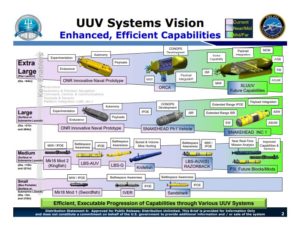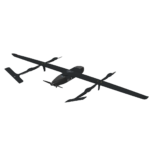
Navy officials unveiled a new prototyping effort Tuesday to integrate sensors and payloads into a single unmanned maritime project, the Rapid Autonomy Integration Lab (RAIL). RAIL is being led by Capt. Pete Small, program manager of the unmanned maritime systems office. It aims to help test and integrate new and updated autonomy capabilities for use in various unmanned surface vessels (USVs) and unmanned undersea vehicles (UUVs). RAIL focuses on laying foundations because the technology is moving so quickly the Navy…

 By
By 











